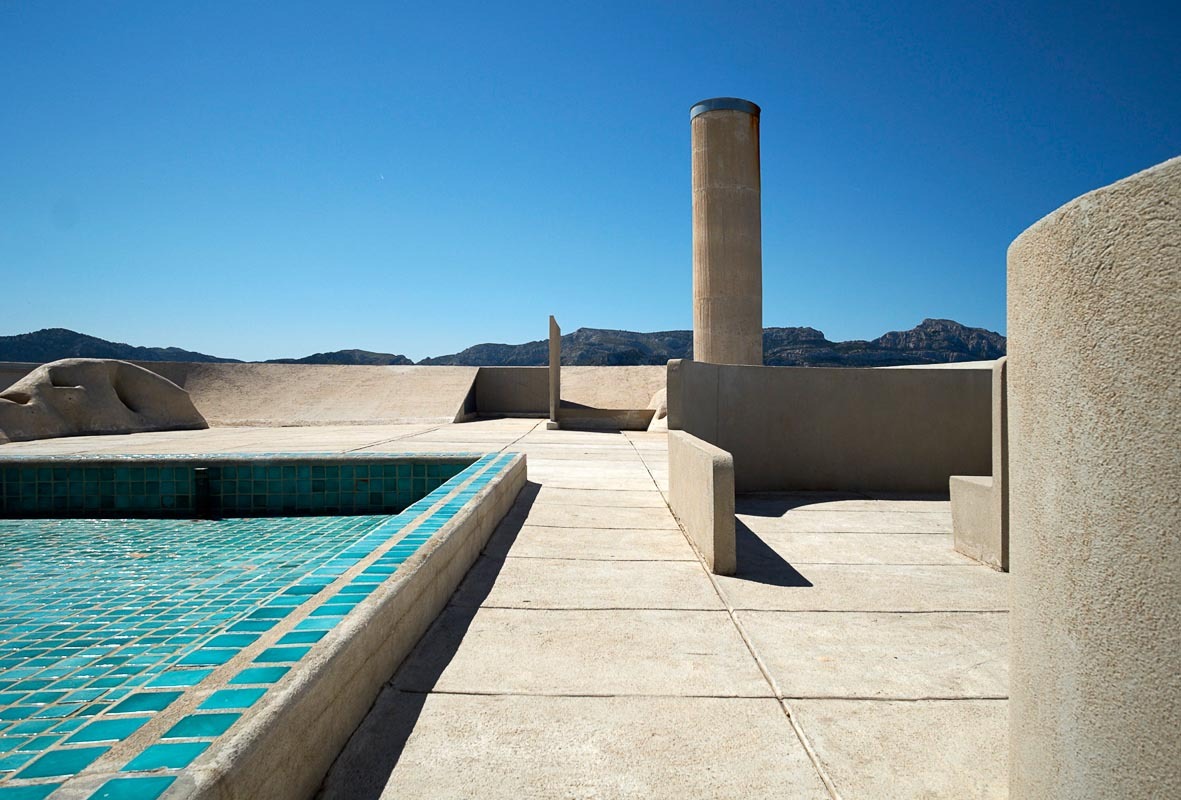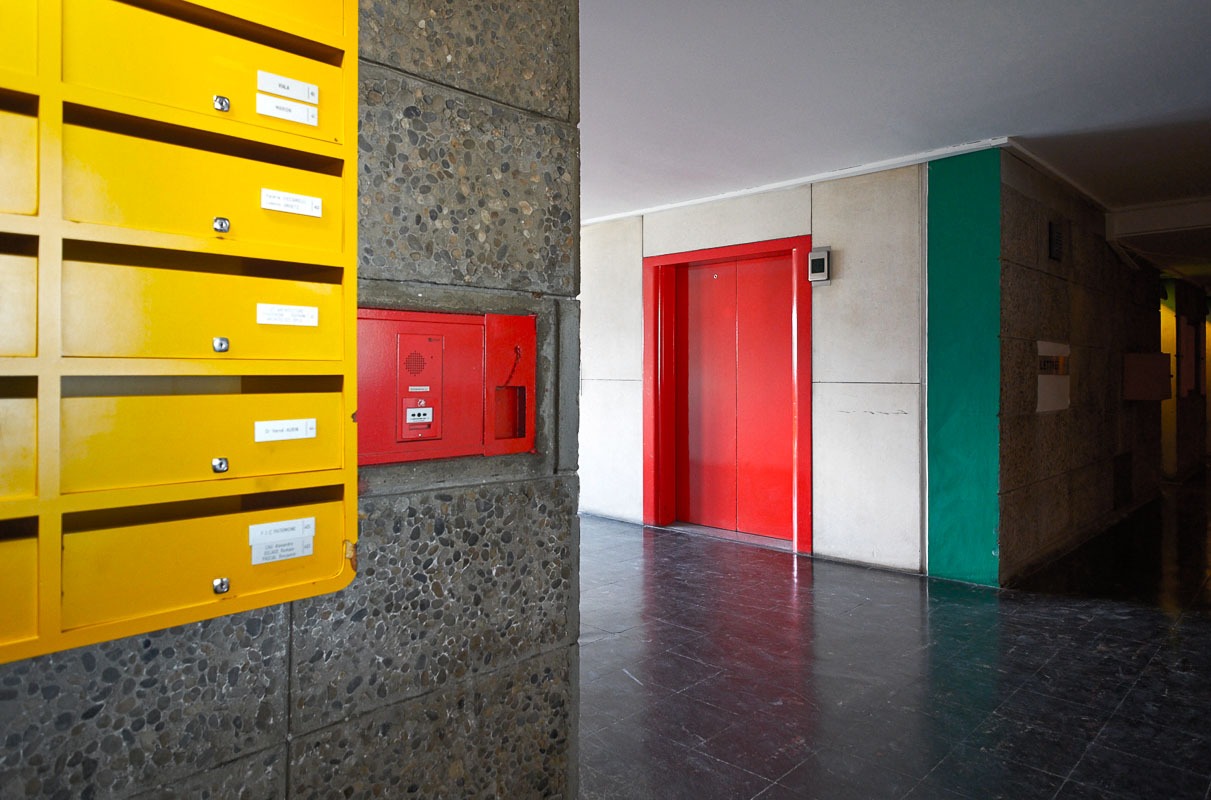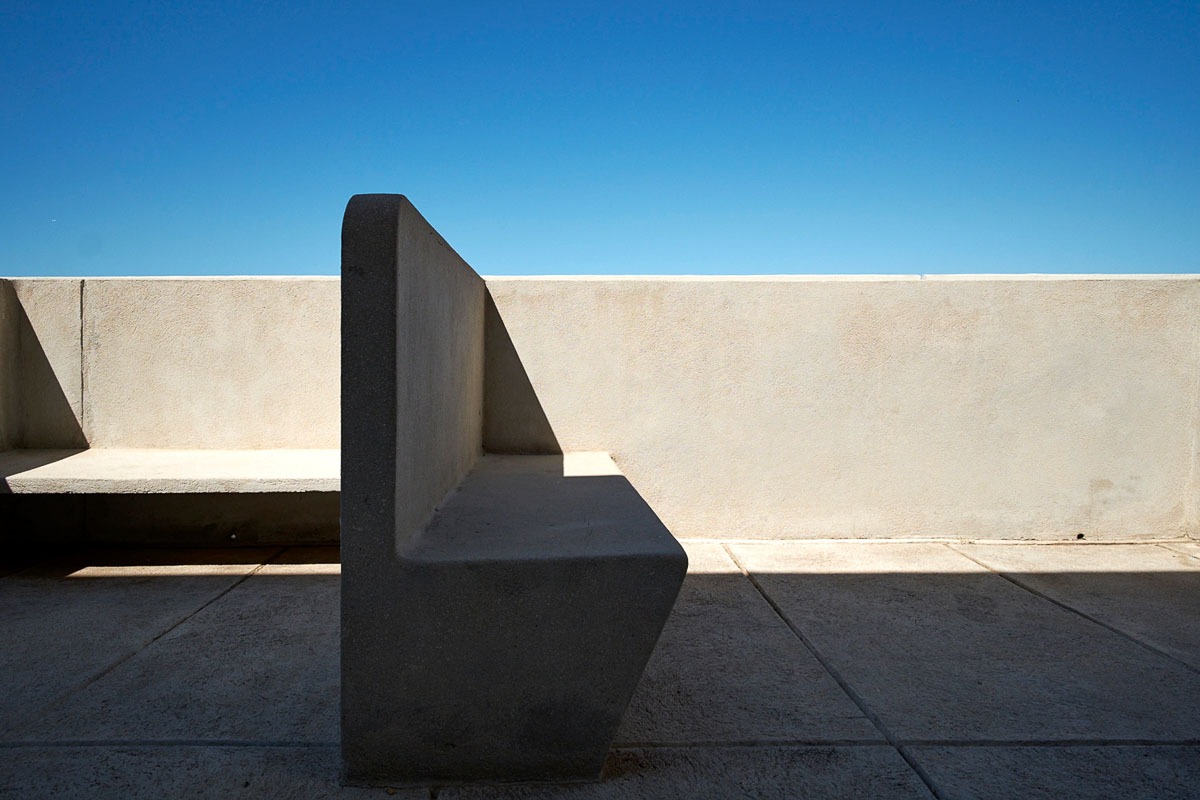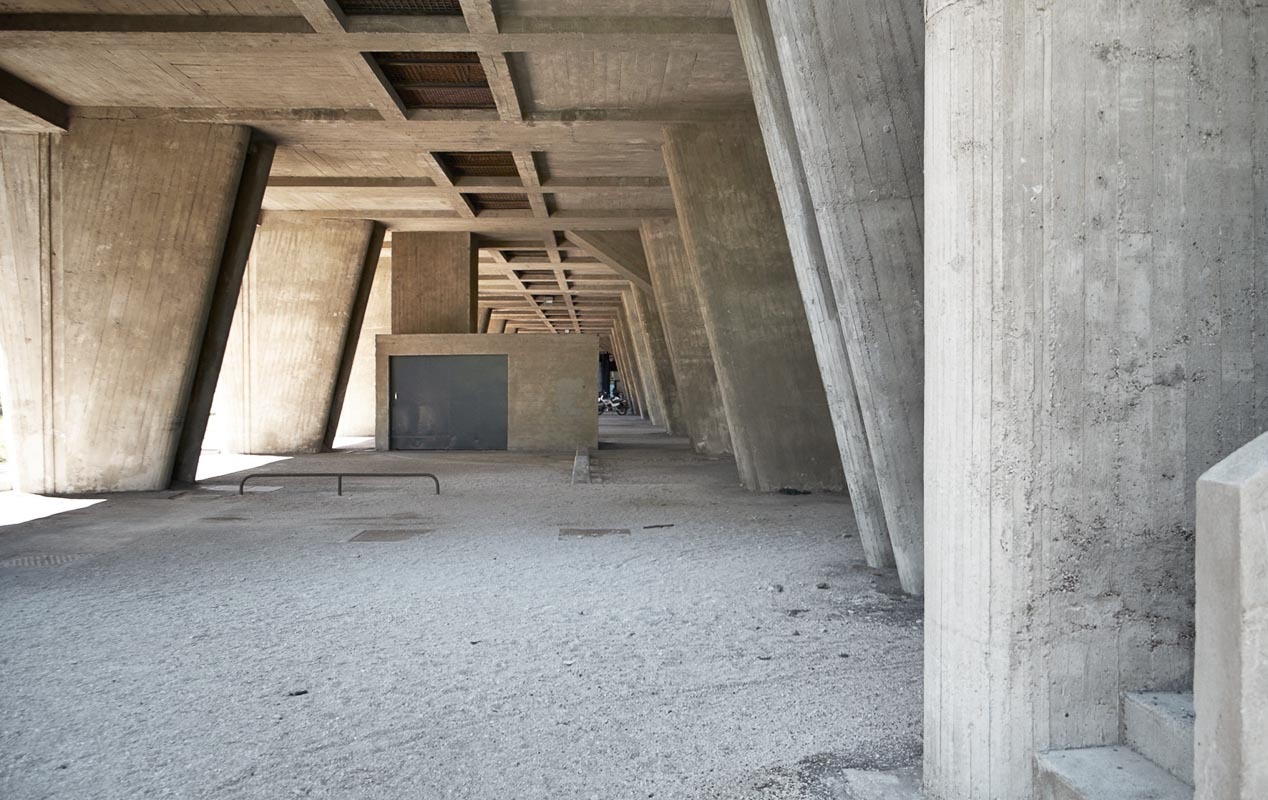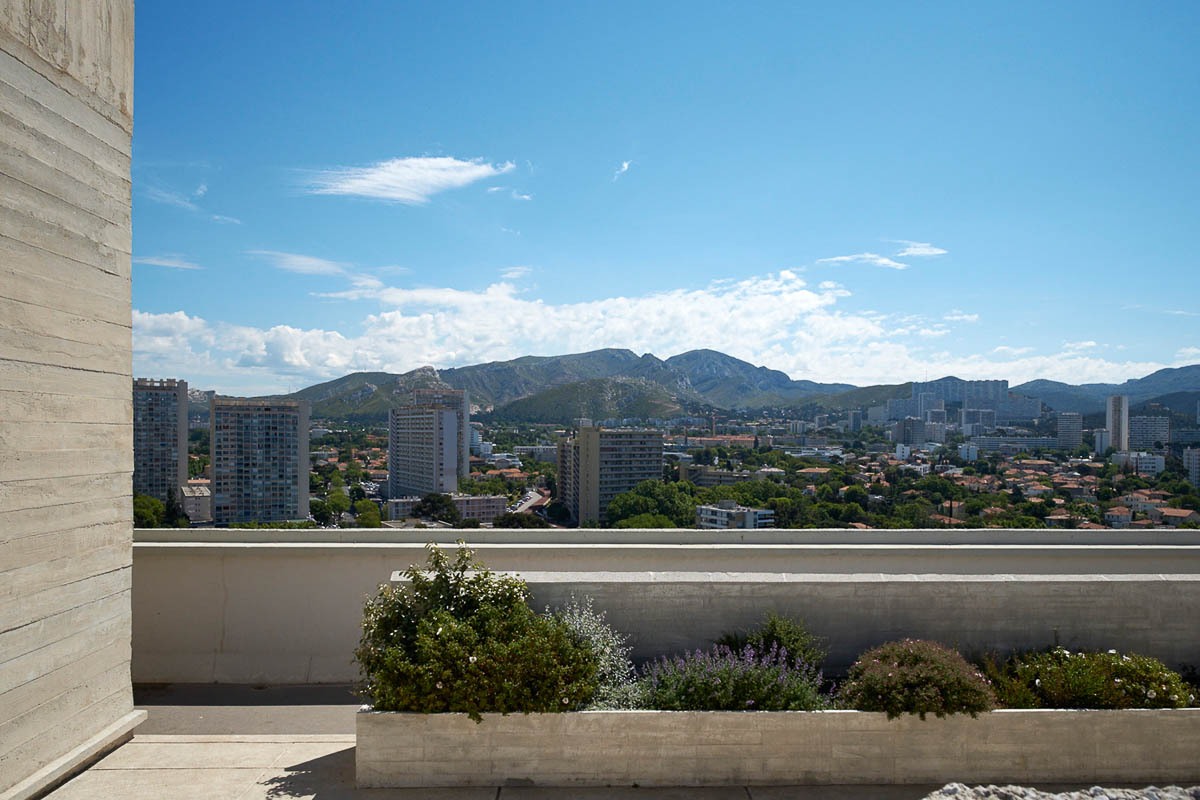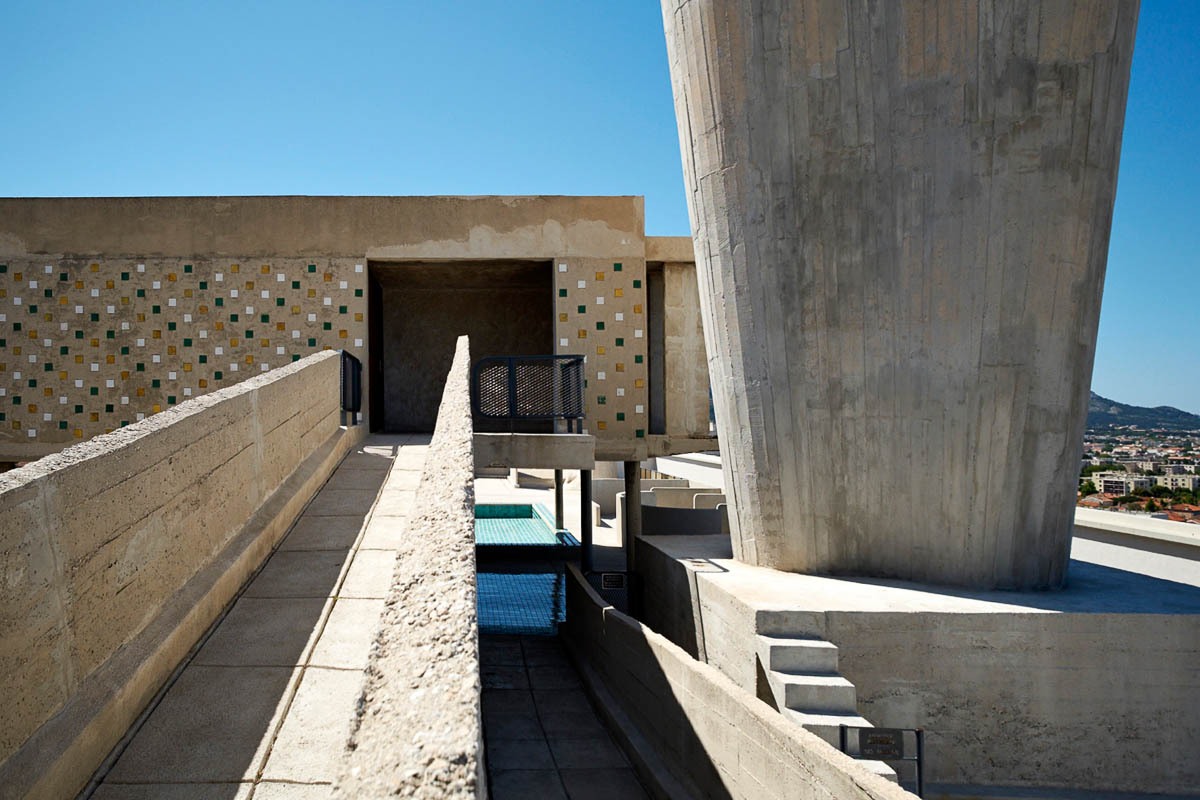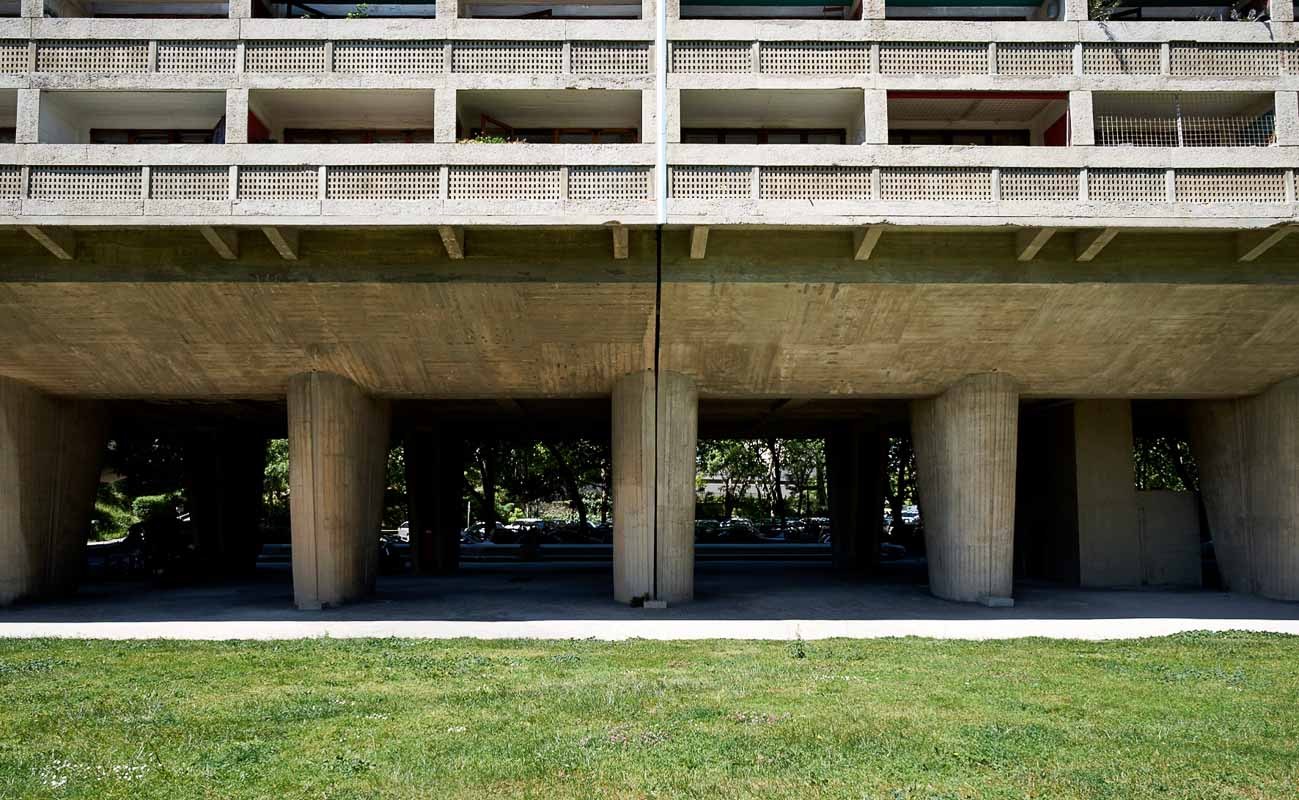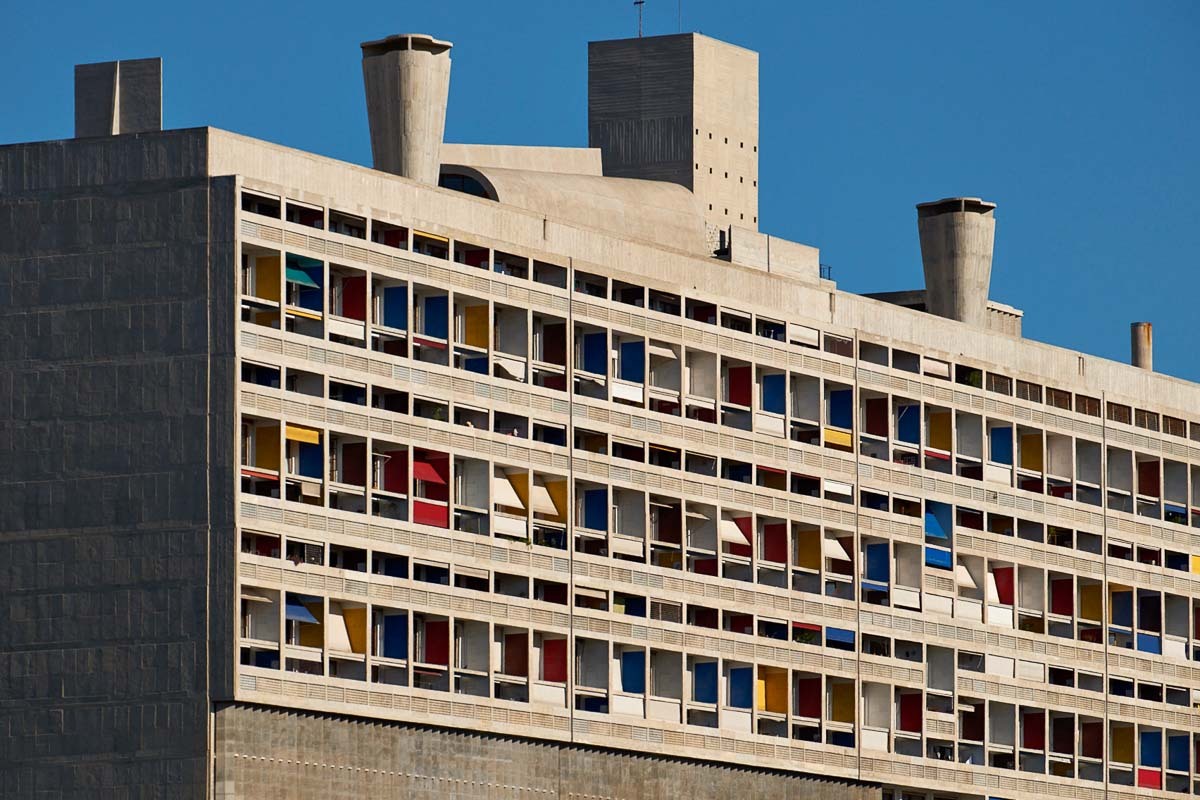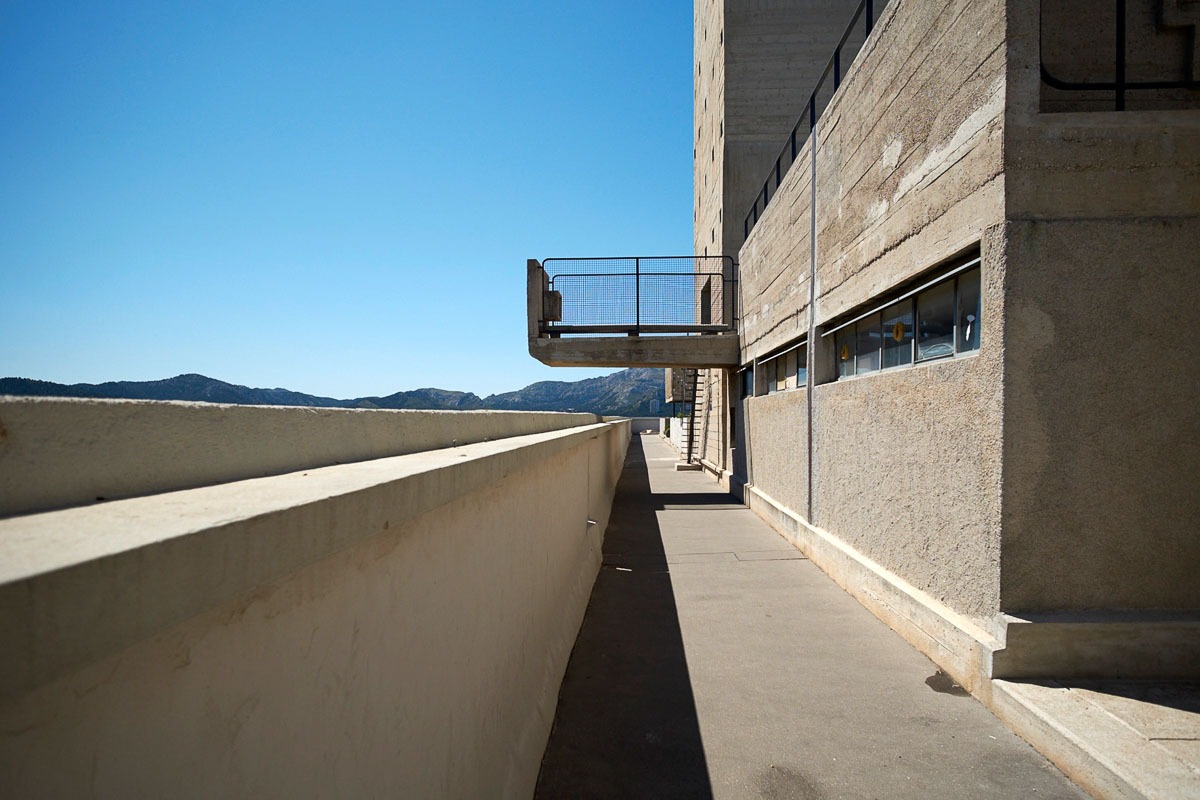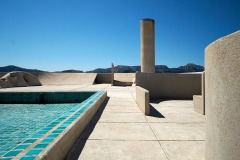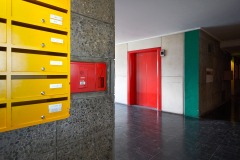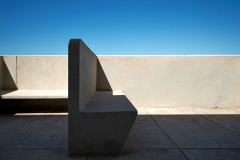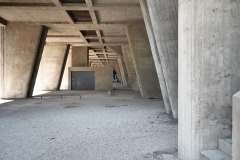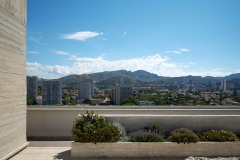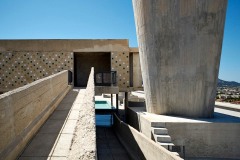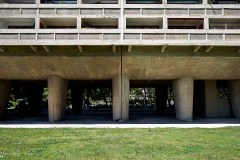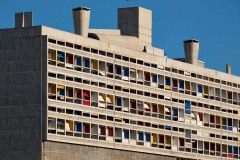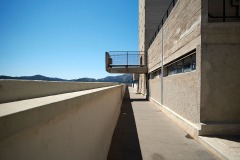29 Mag FOTOGRAFANDO MARSIGLIA, SULLE ORME DI LE CORBUSIER E LA SUA CITÈ RADIEUSE
FOTOGRAFANDO MARSIGLIA, SULLE ORME DI LE CORBUSIER E LA SUA CITÈ RADIEUSE
In viaggio a Marsiglia, a colpire la mia attenzione sono state le forme e la ricerca di un’opera preziosa per l’architettura del ‘900: la Cité Radieuse di Le Corbusier
In un giorno di sole, mentre in viaggio di piacere a Marsiglia per ammirare le opere di rinnovo architettonico in atto in alcuni quartieri della città, sono entrato nella “Cité Radieuse” progettata da Le Corbusier.
La prima unité d’habitation modernista, fatta costruire dal celeberrimo architetto tra il 1945 e 1952, non rientrerà tra le novità che la città ha da offrire, certo, ma è stata ciò che più mi ha colpito durante il viaggio: di grande significato ed influenza per l’architettura contemporanea, ispiratrice del Brutalismo, ha contribuito a ripensare spazi, dimensioni e condivisione all’interno e tra i gruppi familiari.
Esplorando l’interno dell’unité si percepisce il risultato di un lavoro di ricerca importante, volto a sostituire materiali preziosi come il marmo e la pietra con altri più nuovi ed economici come il cemento. L’attenzione ai dettagli è ciò che salta all’occhio immediatamente: dai cestini gettacarte a parete, alle lampade, fino alle ringhiere e ai serramenti in legno, nulla è lasciato al caso, ma ogni elemento è disegnato con cura e maestria che sopravvivono al passare del tempo. Una volta salito sul tetto panoramico, poi, non solo avevo da ammirare la città di Marsiglia dall’alto, ma gli spazi comuni come il teatro all’aperto e la piscina per bambini, dove ogni volume è disegnato e scolpito come un’opera d’arte.
During a trip to Marseille to admire the renovation projects happening in the city at the moment, what caught my attention above everything else was Le Corbusier’s “Radiant City”.
The first modernist unité d’habitation, built between 1945 and 1952, is certainly not “new”, but it’s still a paramount building that had such a huge influence on last century’s architecture. It inspired Brutalism and helped rethinking spaces and their size.
Exploring the interior of the unité, you can clearly understand the result of an important research on materials, meant to substitute expensive ones, like marble and stone, with the more affordable roughcast concrete. Every tiny detail has been thought through, from the trash cans to the lamps, from the railings to the wood fixtures, so well designed that they resist the passing of time in every way. And once I got to the panoramic roof, not only I could admire the city of Marseille, but the common spaces – the open air theatre, the children’s pool – where every volume and shape is designed and sculpted like an art piece.


